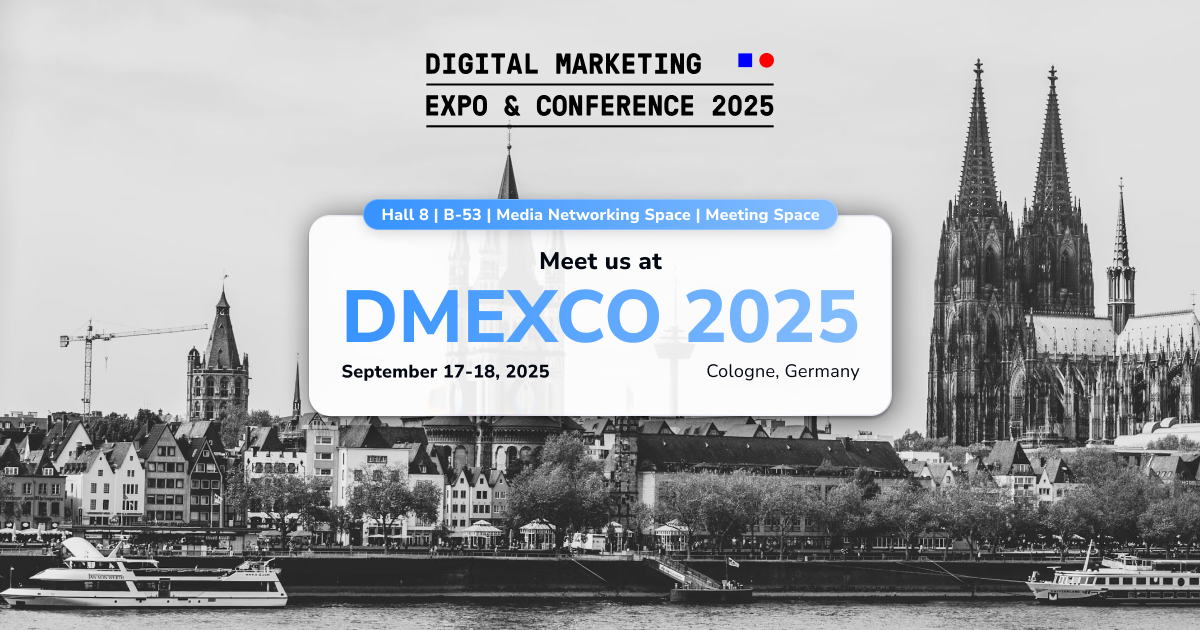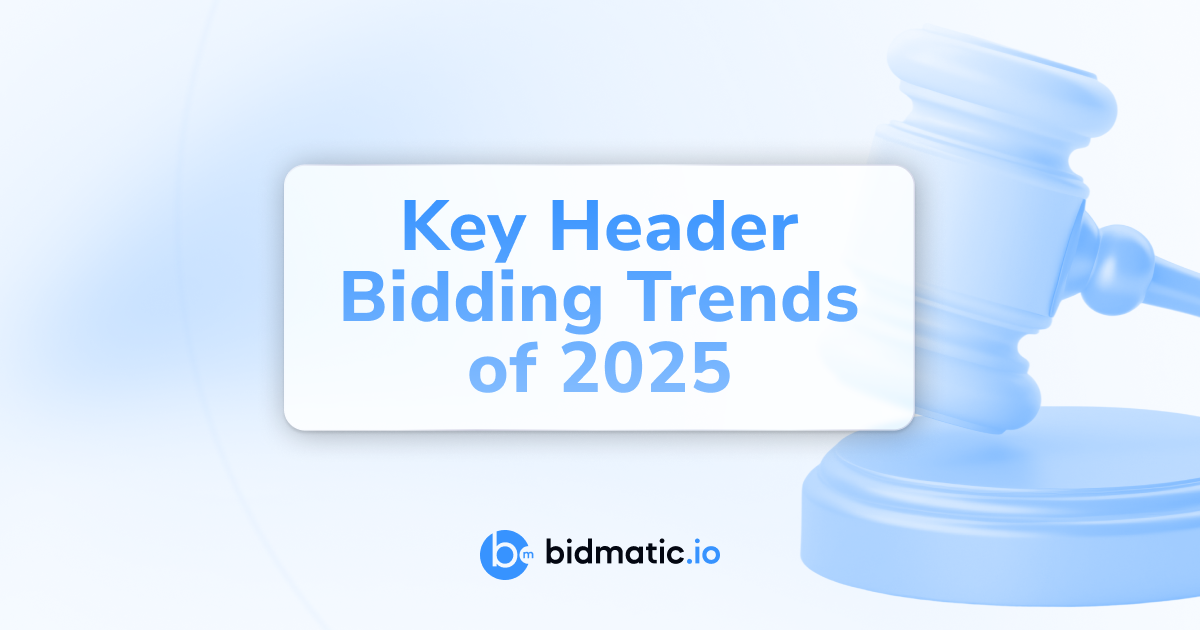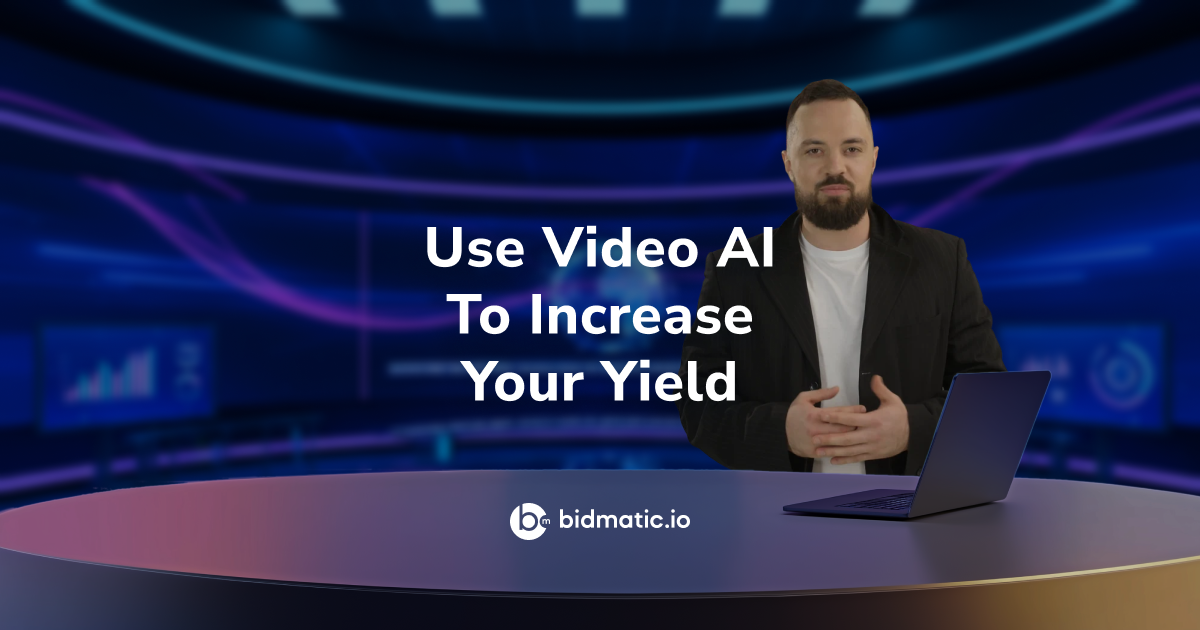
As digital video continues to dominate online content consumption, publishers are under increasing pressure to maximize revenue from their video assets while maintaining high-quality user experiences. In 2025, Video AI powered by generative AI changed the game. It helps publishers transform existing content, improve ad delivery, personalize viewer experiences, and predict market trends with great accuracy.
By integrating AI tools and platforms like HeroVideo, IRIS.TV, and KERV Interactive, publishers are unlocking new ways to boost yield efficiently and sustainably. This article explores three strategies through which Video AI is helping publishers increase video monetization and stay competitive in a rapidly evolving landscape.
TL;DR
In 2025, publishers are leveraging Video AI to enhance video monetization by efficiently transforming content, optimizing ad delivery, and personalizing viewer experiences. By adopting AI-driven tools such as herovideo.io, IRIS.TV, and KERV Interactive, along with generative AI capabilities, they are increasing revenue and staying competitive in the digital landscape.
1. Turning Existing Content into Video Automatically
One of the most impactful ways publishers are using Video AI to increase yield in 2025 is by transforming existing content, especially articles, into high-quality videos at scale. This strategy unlocks premium video ad format inventory without the traditional costs of video production.
In traditional video creation, both the effort and the impact are moderate – it takes time, resources, and manual work to produce each piece, and the results don’t always scale effectively.
With automated video creation, the effort is much lower, but the impact is significantly higher. AI tools can generate personalized, high-performing videos quickly and at scale – something traditional methods can’t match.
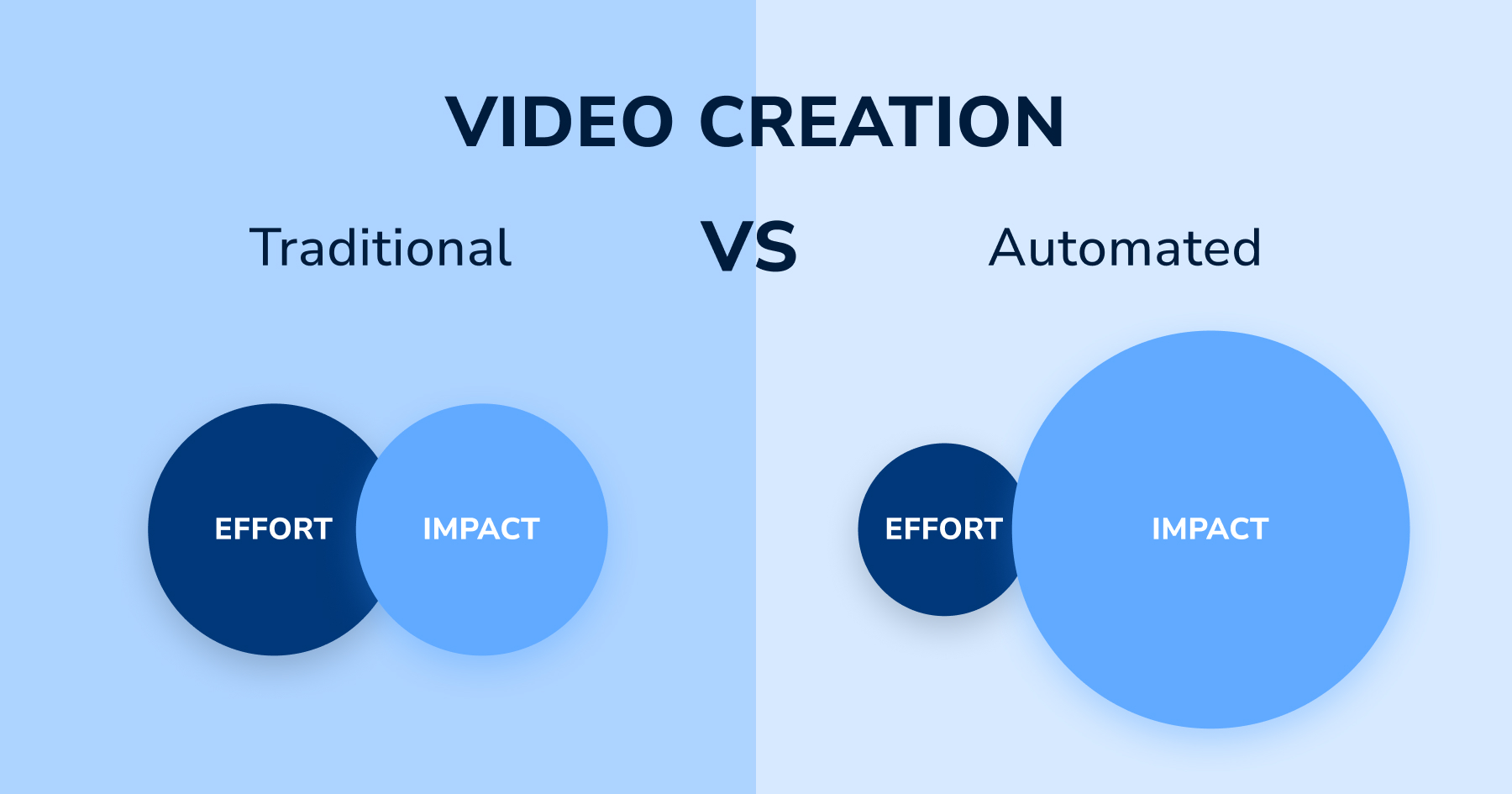
This shift means publishers can do less and achieve more: faster production, wider reach, and better results with a fraction of the manual input.
Video AI creates tailored and relevant video experiences. This turns casual viewers into engaged audiences. It increases revenue by making the most of every second of viewer attention.
Platforms like HeroVideo have made this process fully automated. With just a URL or text input, Herovideo’s AI analyzes the article, extracts key points, and generates short-form video content complete with voiceover, visuals, and transitions – all aligned with the publisher’s brand. This video can then be embedded within the article or distributed across social media channels.

For example, publishers using HeroVideo have reported producing up to 200 videos per day, achieving a 31% increase in visitor reach and a 34% boost in ad revenue within the first 60 days of deployment. By turning their daily news and feature articles into videos, they were able to monetize more real estate on each page through pre-roll and mid-roll ads, without hiring video editors or producers.
In a video-first internet, AI video generation has become a must-have for publishers looking to maximize yield. It’s no longer about producing more content – it’s about activating the content you already have in smarter, more profitable ways.
2. Optimizing Ad Placement and Format with AI
In 2025, publishers are increasingly using Video AI not just to create content, but to optimize how and where ads appear within it. Proper ad placement can make or break the viewer experience and monetization. That’s where AI steps in.
AI-powered tools analyze viewer behavior in real time to determine the ideal ad format (pre-roll, mid-roll, post-roll, or overlay) and exact placement within a video. Instead of static ad rules, systems now adapt dynamically based on content type, user attention span, and device.
Take KERV Interactive, for instance. Their platform uses AI to break videos into interactive, clickable moments and serves contextually relevant ads based on object and scene recognition. This increases viewer interaction and leads to higher engagement and conversion rates, driving up the value of each impression.
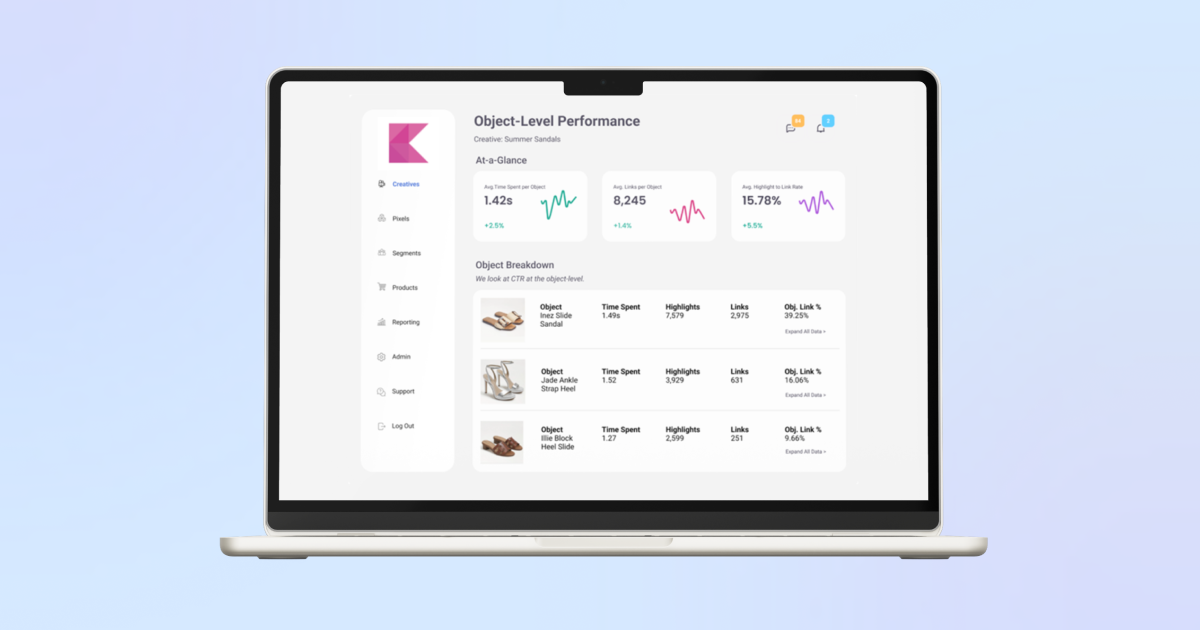
Another example is IRIS.TV, which uses AI to determine the most brand-safe and contextually aligned moments for ad insertion. This reduces ad fatigue and bounce rates while improving completion rates and CPMs.
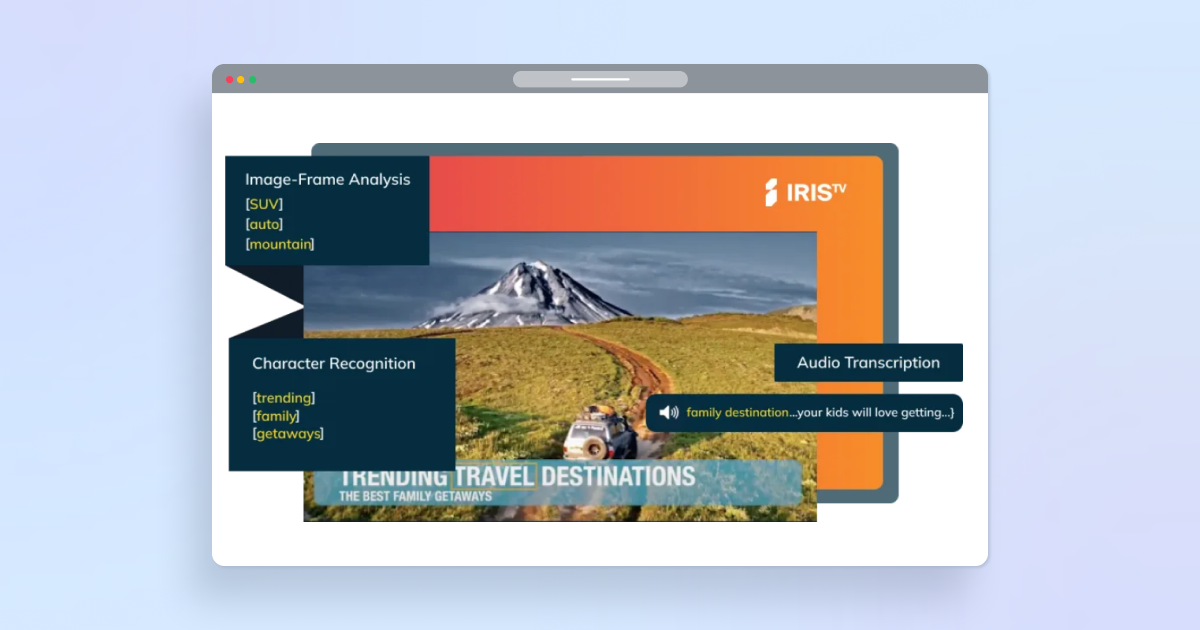
The takeaway: AI takes the guesswork out of video monetization. It ensures ads appear at the right time, in the right format, for the right viewer, maximizing revenue while preserving experience.
3. Enhancing Viewer Retention with Personalized AI Video Experiences
In 2025, publishers are reimagining how they engage audiences by embracing AI-powered video personalization, crafting dynamic, real-time content tailored to individual viewers. This shift isn’t just about aesthetics or novelty, it’s about meeting a fundamental change in user expectations and behavior.
Modern audiences no longer settle for generic content. A recent Salesforce report found that 80% of consumers today expect brands and platforms to understand their individual needs. This demand has spilled into publishing, where one-size-fits-all videos are increasingly seen as outdated and ineffective. At the same time, AI tools have matured to the point where real-time personalization, based on user behavior, location, context, and device, is not only possible but scalable.
The impact on viewer retention is significant. According to Tavus (2024), personalized videos are 35% more likely to retain attention than non-personalized formats, and they can boost conversions by up to 500%.
This isn’t surprising, considering how video performs compared to other content formats. Studies reveal that viewers retain 95% of a message when delivered via video, as opposed to just 10% when reading it as text. Video combines motion, sound, and narrative in a way that stimulates deeper emotional and cognitive engagement, particularly when tailored to the viewer’s context.
As shown in the image below, viewers spend more time looking at and processing personalized video, indicating higher cognitive engagement and emotional connection. While personalized text offers value, video combines motion, sound, and narrative, making it far more immersive and neurologically stimulating.
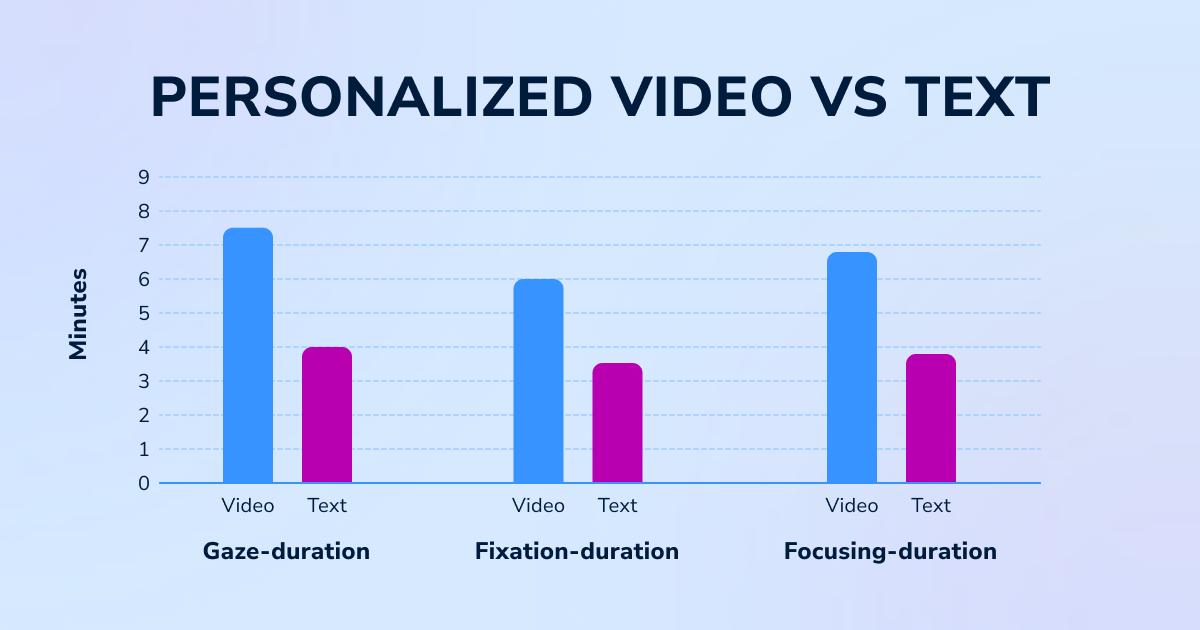
To meet these evolving personalization expectations, publishers are embracing AI-driven automation to scale personalized video creation. Tasks such as scene selection, voice-over matching, real-time rendering, and text overlay adaptation are now automated, enabling cost-effective production at speed and scale.
With video projected to account for over 82% of global internet traffic and the fact that over 3.3 billion people are regularly consuming video content, the strategic imperative is clear. Publishers who embrace AI-driven personalization are not just improving retention, they’re building the next generation of loyal, engaged audiences.
Conclusion: Video AI Is Now a Core Driver of Publisher Yield
Video AI is no longer a futuristic concept, it is an essential tool that publishers are leveraging today to drive smarter, more scalable, and more profitable video monetization strategies. AI helps publishers automate content creation. It also fine-tunes ad placement, personalizes viewer journeys, and predicts high-yield opportunities. This lets publishers get more value from their video inventory and improve user engagement.
As the industry advances, those who adopt these innovative AI-powered approaches will not only increase yield but also build stronger connections with their audiences, securing long-term success in the vibrant video ecosystem of 2025 and beyond.
FAQ
-
What is AI video technology for publishers?
AI video technology or tools for publishers refer to the use of artificial intelligence to enhance various aspects of video production, editing, and distribution. AI video tools can automate and streamline workflows, making it easier for publishers to create, manage, and optimize video content. These tools often incorporate features such as automatic editing, scene detection, facial recognition, and color correction, as well as advanced analytics to understand audience engagement. AI can also generate subtitles, translate languages, and personalize content, allowing publishers to reach broader audiences and improve the overall efficiency and effectiveness of their video content strategies.
-
How does artificial intelligence convert text-based articles into videos?
Artificial intelligence (AI) can convert text-based articles into videos through a process known as text-to-video conversion. Here’s a basic overview of how it works:
Text Analysis: AI analyzes the content with NLP to extract key points and summarize the article.
Script Generation: AI composes a storyboard, selecting screen text, images, and graphics to visually convey the message.
Narration: Uses text-to-speech for voiceover, converting the script into spoken words.
Video Assembly: Editing algorithms synchronize visuals with voiceover for a coherent video.
Final Review: Human edits refine pacing and style for quality assurance.Platforms like HeroVideo streamline this process, turning articles into engaging videos.
-
What are the benefits of AI in video content creation for media companies?
Cost Efficiency: By speeding up production processes and reducing the necessity for certain manual tasks, AI can significantly cut down on production costs. This allows companies to allocate resources more strategically across projects.
Scalability: AI enables media companies to scale content production up or down quickly to meet demand without a commensurate increase in workforce or time investment. -
What are the differences between automated AI video generation and traditional video production for publishers?
Automated AI video generation utilizes algorithms and machine learning to create video content quickly, often using pre-set templates and stock footage, which makes the process faster and more cost-effective.
Traditional video production involves a more manual, labor-intensive process, requiring human input for scripting, filming, editing, and post-production. This approach often results in higher production quality and creativity, as it allows for more nuanced storytelling and customization at each step.
